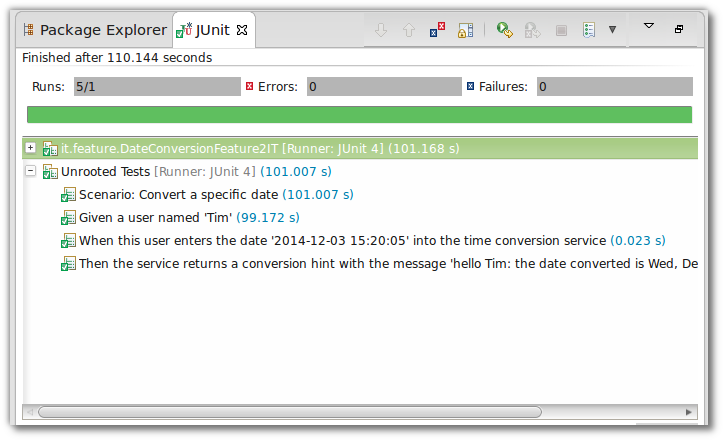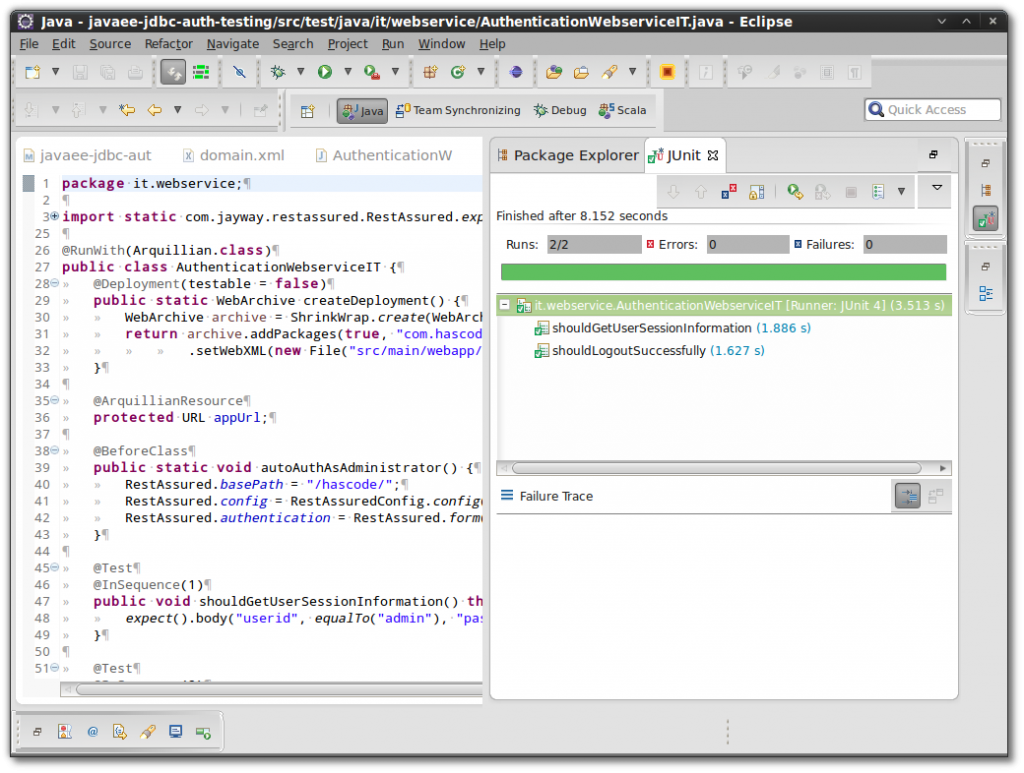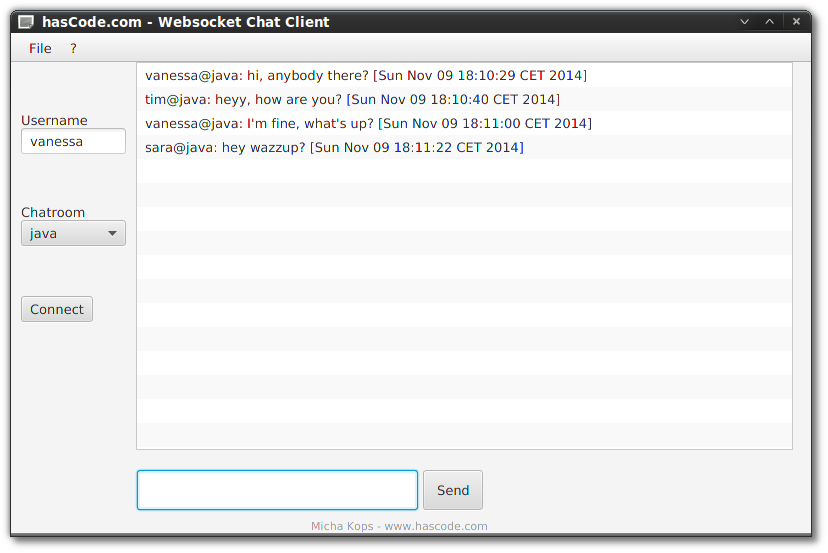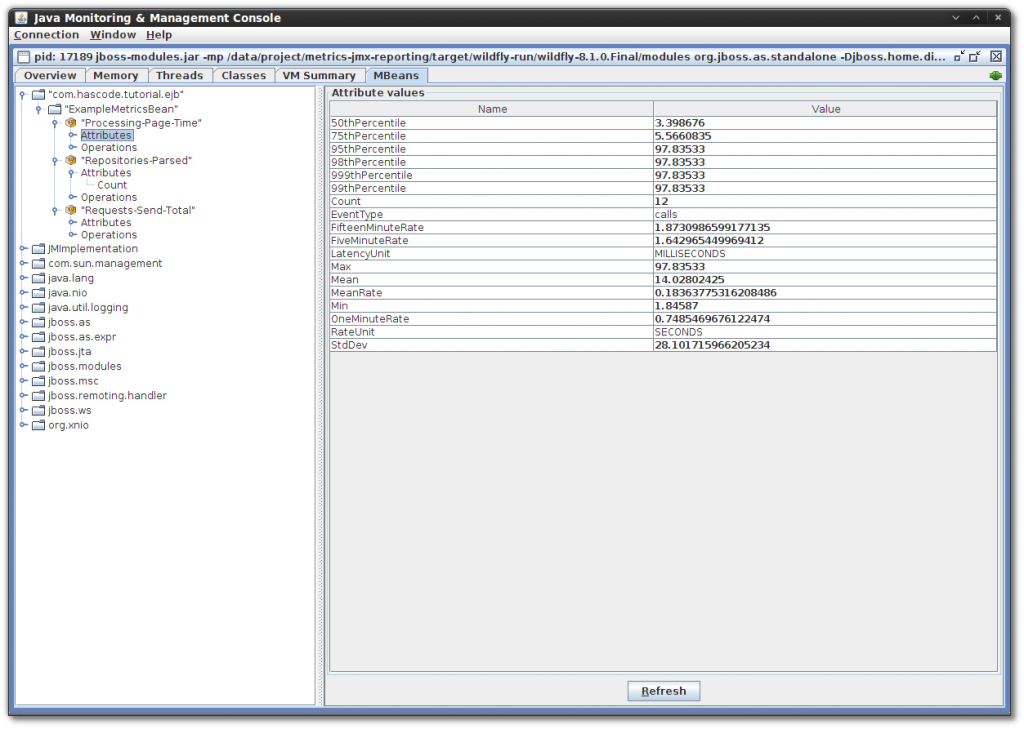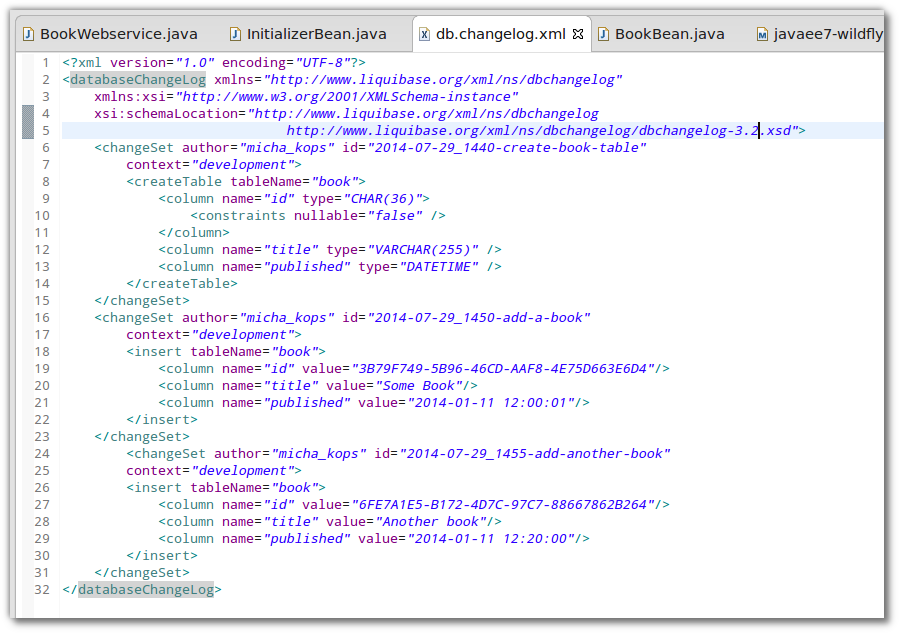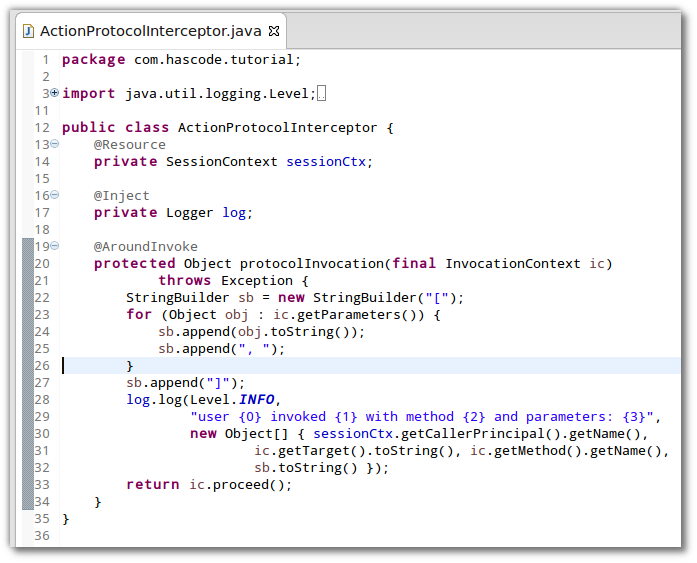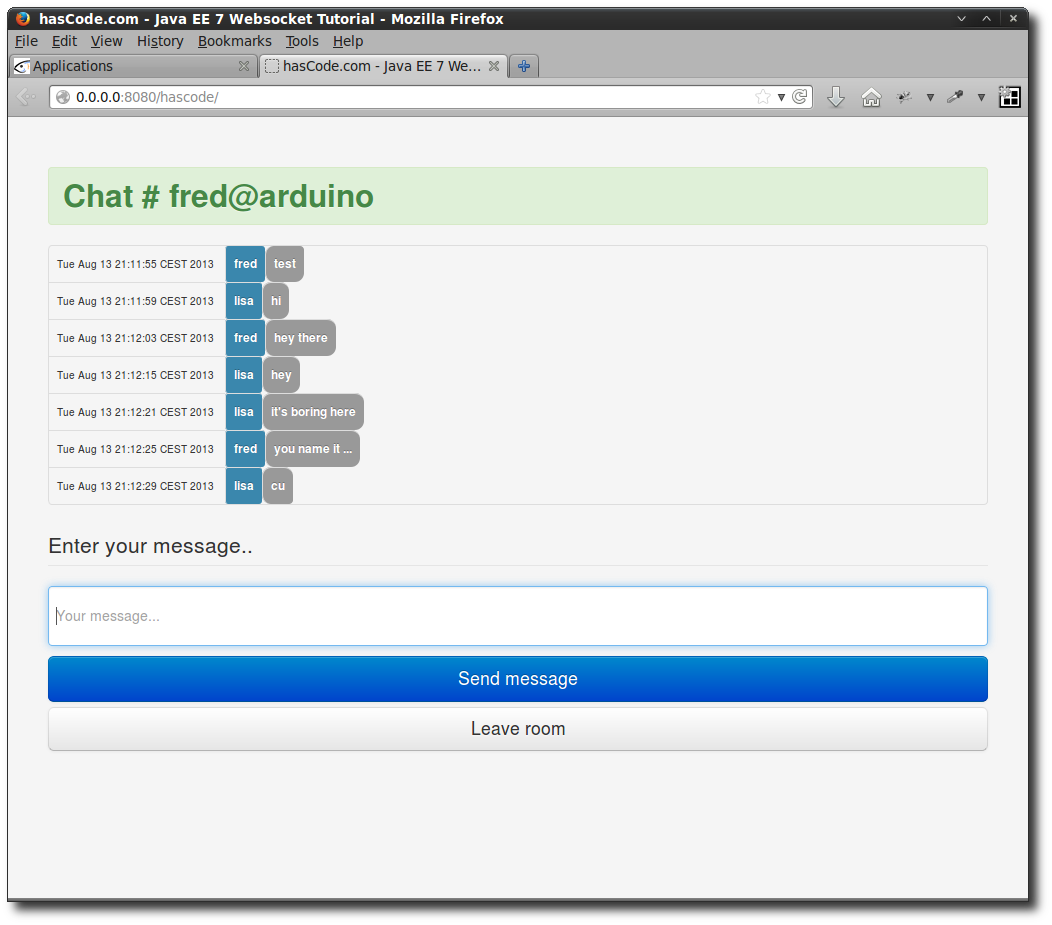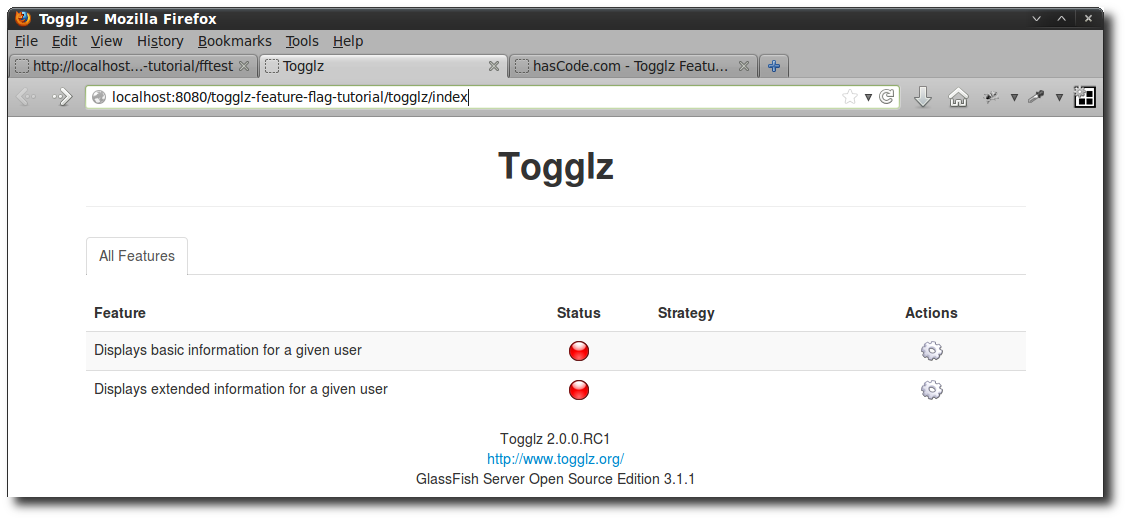
Performance Testing a Multiuser Web Application with JMeter and Maven
When there is the need to create load tests or performance tests for an application, Apache JMeter is a handy tool and set up with ease. In the following short tutorial I’d like to demonstrate how to configure JMeter to log into a Java EE web application with multiple users specified in a CSV file, how to generate some basic reports and how to integrate JMeter into a mavenized build using the JMeter Maven Plugin. ...
